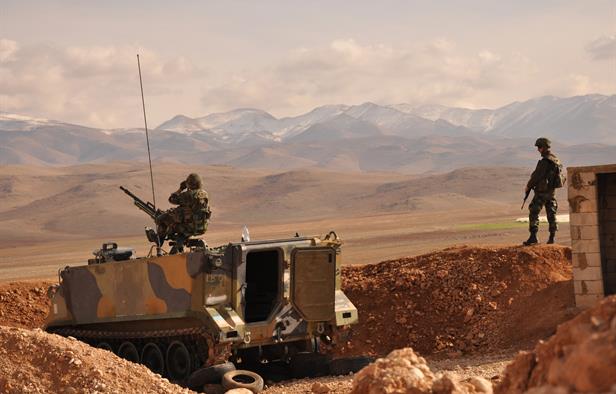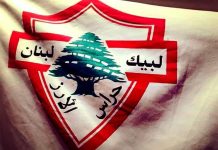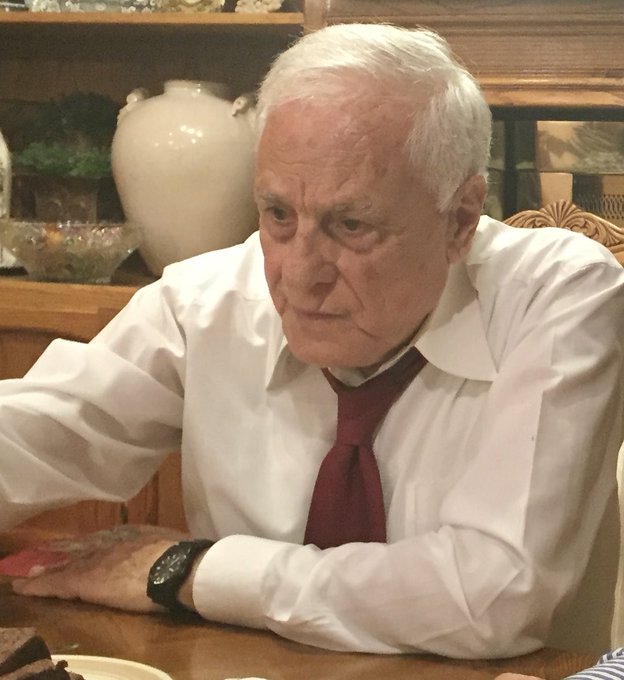Lebanese army’s policy of containment in Arsal
Nicholas Blanford/Now Lebanon/February 09/16
The army raid last week against an Islamic State (ISIS) cell in Arsal and recent territorial clashes between ISIS and Jabhat al-Nusra in the adjacent mountains briefly attracted attention once more to the volatile northeast border area which marks the western edge of the regional struggle against ISIS.
Although barely known by the rest of Lebanon, a conflict is being waged on a near daily basis out of sight in these remote and desolate mountains pitting the Lebanese army against ISIS and Jabhat al-Nusra with Hezbollah also thrown into the mix.
ISIS is deployed mainly in the mountains southeast and east of Qaa and Ras Baalbek respectively while Jabhat al-Nusra mans positions east and southeast of Arsal.
Since the August 2014 assault against Arsal by a combined force of some 700 ISIS and Jabhat al-Nusra militants, the army has expanded and strengthened its presence in the vicinity of the town and further north. Arsal today is ringed by fortified army outposts with every road and track accessing the town guarded by a checkpoint.
The approaches to Ras Baalbek and Qaa from the east and southeast respectively are also protected by army positions and observation towers built on mountain tops with overlapping fields of view. The Lebanese army is using an array of weaponry and equipment, including 155mm artillery guns, Cessna aircraft (some fitted with Hellfire missiles), pilotless reconnaissance drones, observation towers, snipers and most recently observation balloons, to guard against attack, monitor the movement of militants and strike them and their positions. Much of the equipment is new, the result of several international military assistance programs for Lebanon. The foreign assistance packages arose partly in recognition of the key role the army is playing in preventing the ISIS “caliphate” from expanding further west toward the Mediterranean.
Barely a day goes by without some fighting in the Arsal-Qaa area, mainly shelling from the army’s 155mm artillery guns or long-range shooting attacks against army posts by militants armed with 12.7mm heavy machine guns and 14.5mm or 23mm anti-aircraft guns. Nusra’s positions in the quarries area southeast of Arsal are only two kilometers from the nearest army posts, presently manned by troops from the 5th Intervention Regiment. East of Ras Baalbek, ISIS snipers and machine gunners sometimes crawl to within one kilometer of the army posts of Tallet Hamra.
Hezbollah also has been busy in this area in the past two years, building new tracks and mountain-top outposts. Hezbollah fighters man a series of mountain crest posts facing ISIS’ positions southeast of Qaa. A second line of defense which has emerged in the past year lies nearly six kilometers south of Arsal. It consists of a line of outposts with connecting roads that oversee the area of Wadi Khayl. The outposts serve as a buffer to guard against southward advances by the militants into areas that back onto Shitte-populated villages such as Younine and Nahle. Hezbollah routinely trades mortar and rocket fire with Nusra, whose positions are less than five kilometers to the east. Occasionally, Hezbollah fighters mount anti-tank missile ambushes against Nusra vehicles, an echo of past resistance operations against Israeli troops occupying south Lebanon.
While the army generally dominates the high ground, the positions of ISIS and Nusra lie in valleys sometimes on the east-facing “reverse” slopes of hillsides to afford better protection against the army’s artillery guns firing from the west. Most of the militants’ outposts are ad hoc, consisting of small tunnels and bunkers dug into the sides of valleys or abandoned farmsteads sometimes supplemented by shipping containers for accommodation. Nusra’s militants have made good use of the bulldozers they stole from Arsal’s quarries to excavate the side of a valley nine kilometers southeast of the town to build a comparatively large outpost, visible on Google Earth.
According to residents of Arsal, the militants are in good morale generally having had two years to dig in and make themselves as comfortable as they can in the mountains. Supplies are still brought in from Arsal and from the Jarajeer and Qarah areas in Syria.
A dried up river bed between Arsal and Ras Baalbek serves as a rough boundary between ISIS and Nusra positions. However, the recent fighting between the two groups in the Zamarani area on the border east of Arsal, suggests that ISIS may now be holding ground south of the river bed.
Contrary to widespread media reports, the fighting had no impact on Arsal itself. Residents said they could hear no sounds of fighting and cadres belonging to Nusra and ISIS living in the town chose not to clash.
One resident claimed that the battles were for control not only of the Zamarani border crossing but also for the numerous orchards that proliferate in the area which are a valuable source of food in the summer months.
Interior Minister Nohad Mashnouq observed in December that “the Arsal region, and not the town of Arsal, is an occupied area,” in reference to Nusra and ISIS. But the town itself is under de-facto occupation due to the dominating presence of militants from both groups. While Nusra is seen as a stronger force in the town, ISIS has intimidated the residents into acquiescence through extortion and assassinations. The municipality is toothless in the current circumstances. There is no police presence in Arsal and the army’s deployment is essentially securing an outer perimeter around Arsal rather than the center of the town itself. Many ISIS and Nusra militants live inside the town, either in rented houses or with their families in the refugee camps. Almost all the refugee camps are located inside the army’s peripheral ring of outposts and checkpoints.
One resident of Arsal described the circumstances in Arsal as a “tragic chaos” with little income trickling in. Farmers are unable to access their orchards and stone masons cannot reach their quarries.
“People cannot afford to buy diesel for heating,” he said.
For now, the army’s policy is one of containment in the Arsal area. An order to clear the militants from Lebanese territory would require a significant political decision unlikely to be taken in the absence of a president. That means the residents of Arsal may have to suffer for a while longer.
Nevertheless, the army’s posture in the Arsal-Qaa area and the assets it can bring to bear against the militants represent a huge leap in its capabilities compared to a few years ago. Its strengthened deployment in this area has effectively bottled up the militants and ended any possibility that they could punch west into the more populated areas of the Bekaa – if that was ever their intention in the first place.
***Nicholas Blanford is Beirut correspondent of The Christian Science Monitor and author of “Warriors of God: Inside Hezbollah’s Thirty-Year Struggle Against Israel.”




















